【参考上代78.9】京都府知事受賞の名門機屋謹製 伊藤若冲・西陣お洒落袋帯
(税込) 送料込み
商品の説明
西陣織大会などで京都府知事賞を受賞されたり、業界紙などでも取り上げられることの多い名門の織元の目を引くデザインの帯です。
伊藤若冲の代表作である絵本拓版を表現した帯になります。伊藤若冲は、江戸時代の画家で、『平安人物誌』の上位に掲載されるほどの評価を受けた奇跡の画家と呼ばれています。
未使用 未仕立て商品の情報
| カテゴリー | レディース > 浴衣/水着 > 着物 |
|---|---|
| 商品の状態 | 新品、未使用 |

参考上代78.9万円】京都府知事賞など受賞の名門機屋謹製 伊藤若冲

参考上代78.9万円】京都府知事賞など受賞の名門機屋謹製 伊藤若冲

2024年最新】Yahoo!オークション -伊藤若冲 帯(女性和服、着物)の中古

参考上代78.9万円 京都府知事賞など受賞の名門機屋謹製 伊藤若冲 絵本

参考上代78.9万円】京都府知事賞など受賞の名門機屋謹製 伊藤若冲

参考上代38.9万円】逸品! 美しいキモノ記載柄 西陣名門機屋謹製 高級

Yahoo!オークション - 【参考上代58.9万円】京都府知事賞など受賞の
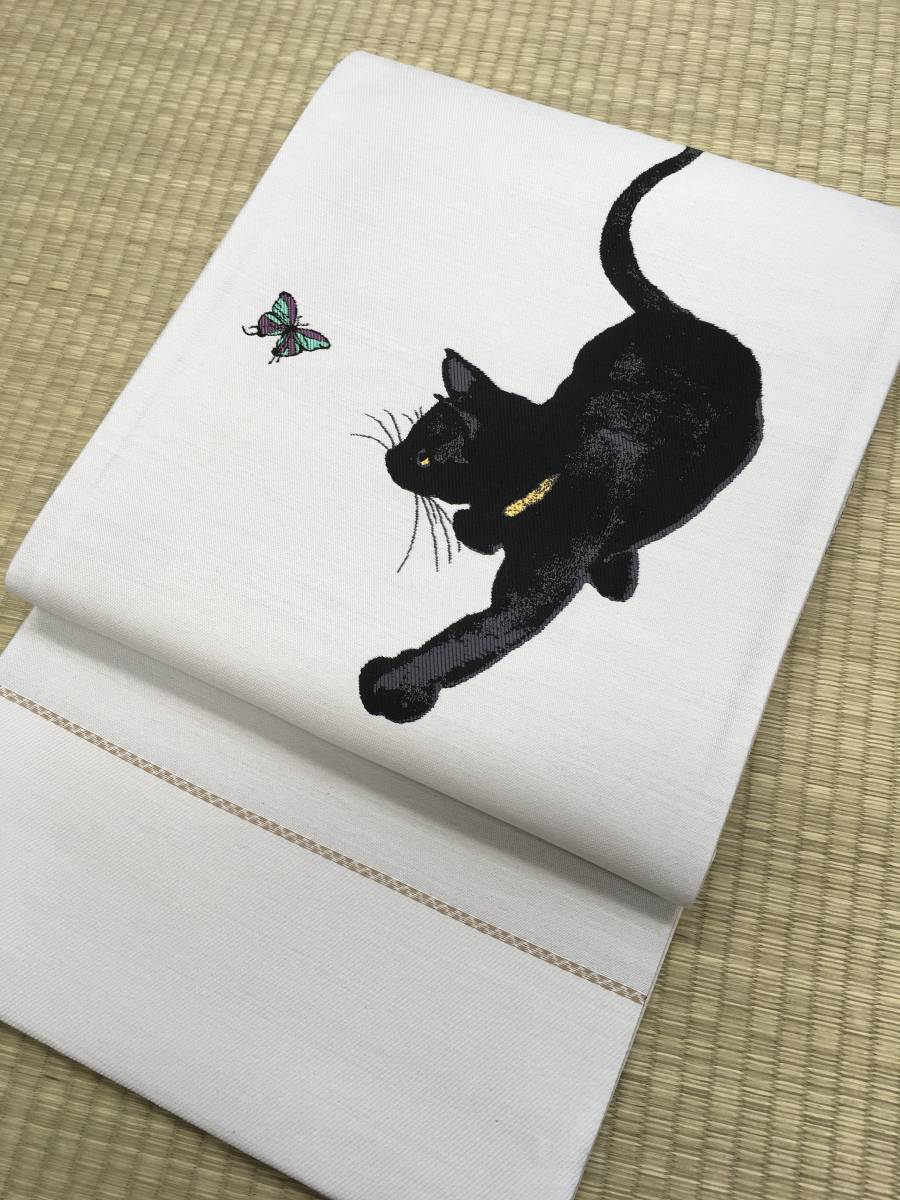
日本代購代標第一品牌【樂淘letao】-【参考上代58.9万円】最新作 京都

代購代標第一品牌-樂淘letao-【参考上代78.9万円】最新作! 京都府

参考上代78.9万円 京都府知事賞など受賞の名門機屋謹製 伊藤若冲 絵本

お値下げ!【参考上代58.9】京都府知事賞など受賞の名門機屋謹製 未使用-

参考上代58.9万円】最新作! 京都府知事賞など受賞の名門機屋謹製 全通

京都府知事賞など受賞の名門機屋謹製 親子のパンダの意匠袋帯 未仕立て-

参考上代58.9万円】最新作! 京都府知事賞など受賞の名門機屋謹製 全通

Yahoo!オークション -「伊藤若冲」(袋帯) (帯)の落札相場・落札価格
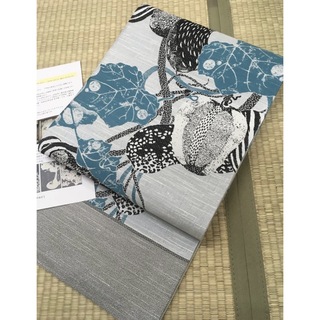
【参考上代78.9万円】京都府知事受賞の名門機屋謹製 伊藤若冲・西陣お洒落袋帯 | フリマアプリ ラクマ

参考上代78.9万円】京都府知事賞など受賞の名門機屋謹製 伊藤若冲

参考上代78.9万円】京都府知事賞など受賞の名門機屋謹製 伊藤若冲

和遊館】OFG1821 仕立付!西陣『橋本清織物』袋帯 若冲・梅花皓月図

参考上代78.9万円】京都府知事賞など受賞の名門機屋謹製 伊藤若冲
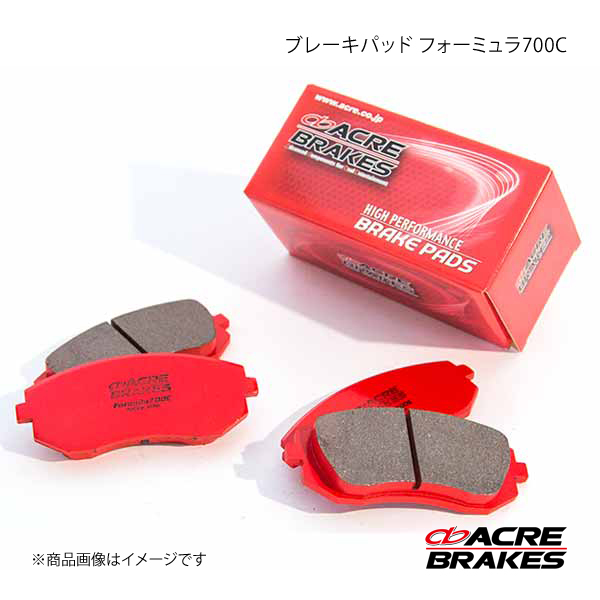
正規品販売! 【参考上代78.9万円】京都府知事賞など受賞の名門機屋

日本代購代標第一品牌【樂淘letao】-【参考上代58.9万円】最新作 京都
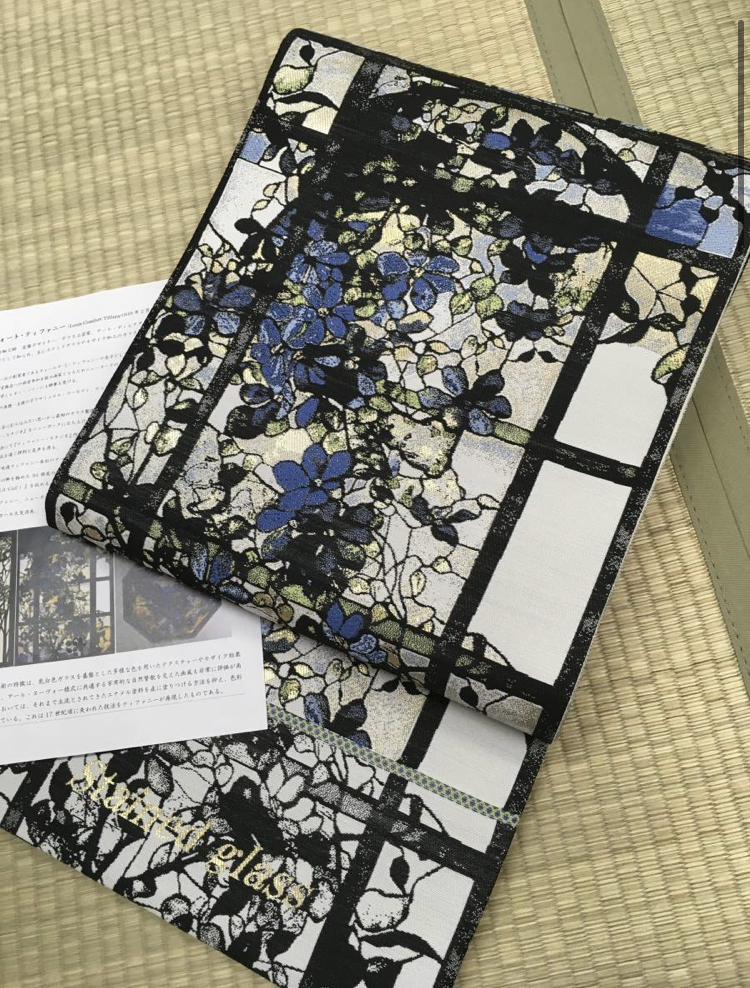
お値下げ!【参考上代58.9】京都府知事賞など受賞の名門機屋謹製 未使用-
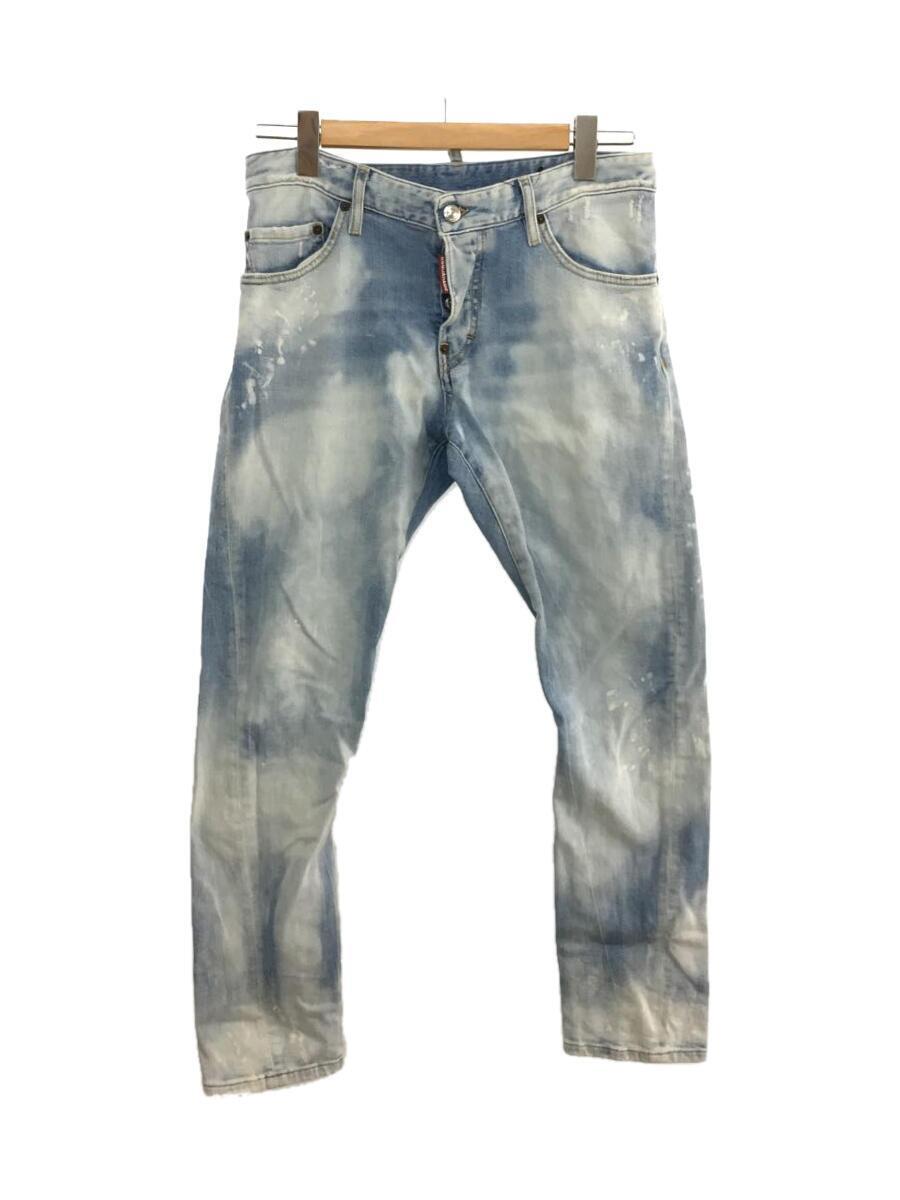
正規品販売! 【参考上代78.9万円】京都府知事賞など受賞の名門機屋

訳あり】「老舗 京都西陣織:藤原織物謹製」 唐織の名門 銀色系 煌
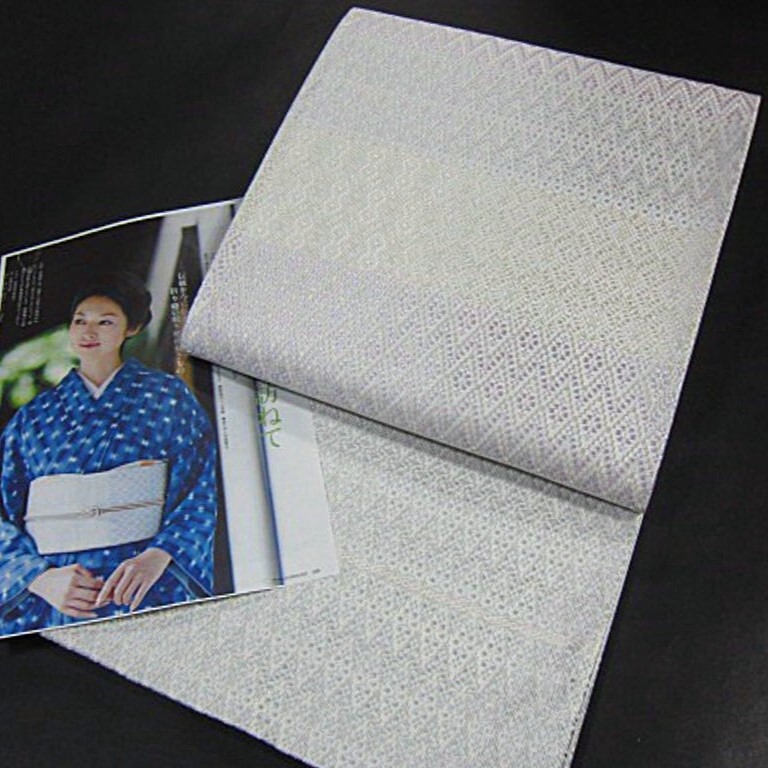
着物 | JChere日本代购

2024年最新】Yahoo!オークション -伊藤若冲 帯(女性和服、着物)の中古
コススター しゅごキャラ! 辺里 唯世風 コスプレ衣装

やや傷や汚れあり】掛軸 伊藤若冲 「鶏図」 肉筆保証 紙本着色 金襴

参考上代58.9万円】京都府知事賞など受賞の名門機屋謹製 未使用 未

参考上代78.9万円】京都府知事賞など受賞の名門機屋謹製 伊藤若冲
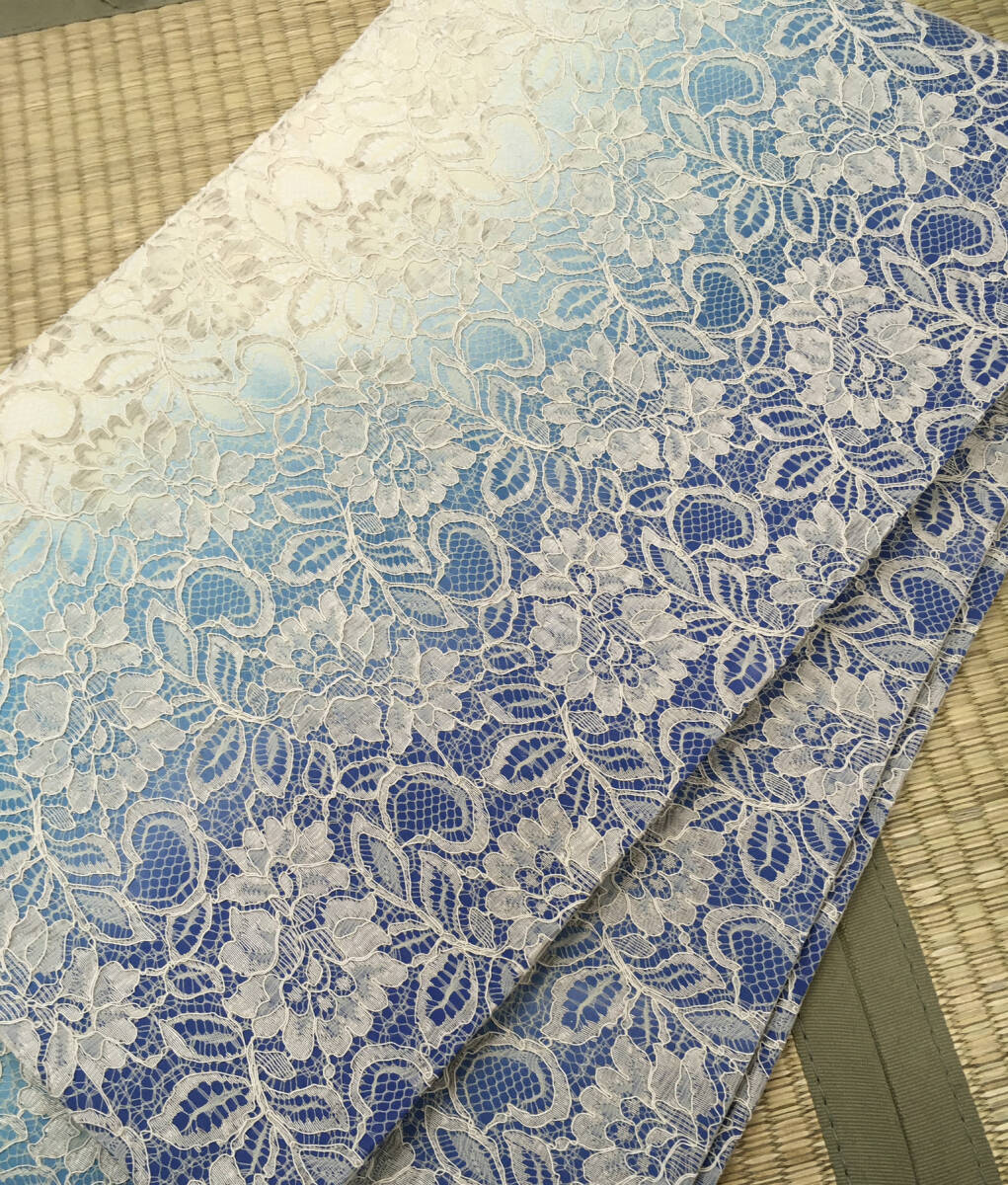
参考上代58.9万円】最新作! 京都府知事賞など受賞の名門機屋謹製 全通

参考上代150万円】某国民的大女優着用柄 皇室御用達 名門山口美術織物

日本代購代標第一品牌【樂淘letao】-【参考上代118.0万円】西陣織大会

曲げわっぱ弁当箱 - キッチン/食器
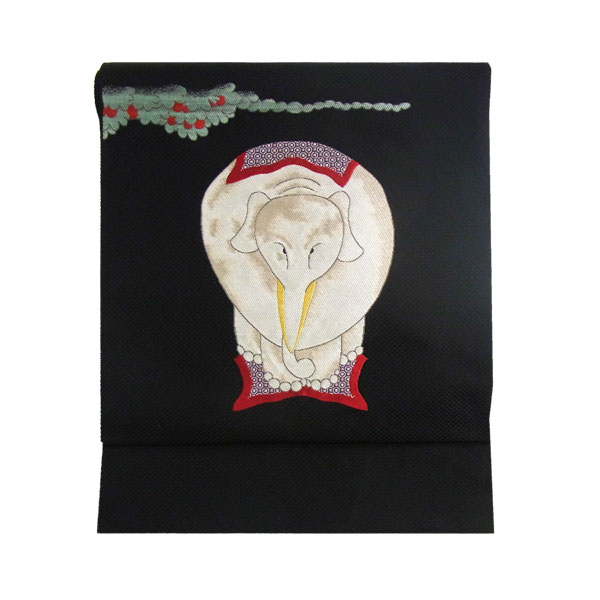
楽天市場】名古屋帯 正絹 黒 伊藤若冲白象 ブラック 京玉響 西陣織

やや傷や汚れあり】掛軸 伊藤若冲 「鶏図」 肉筆保証 紙本着色 金襴
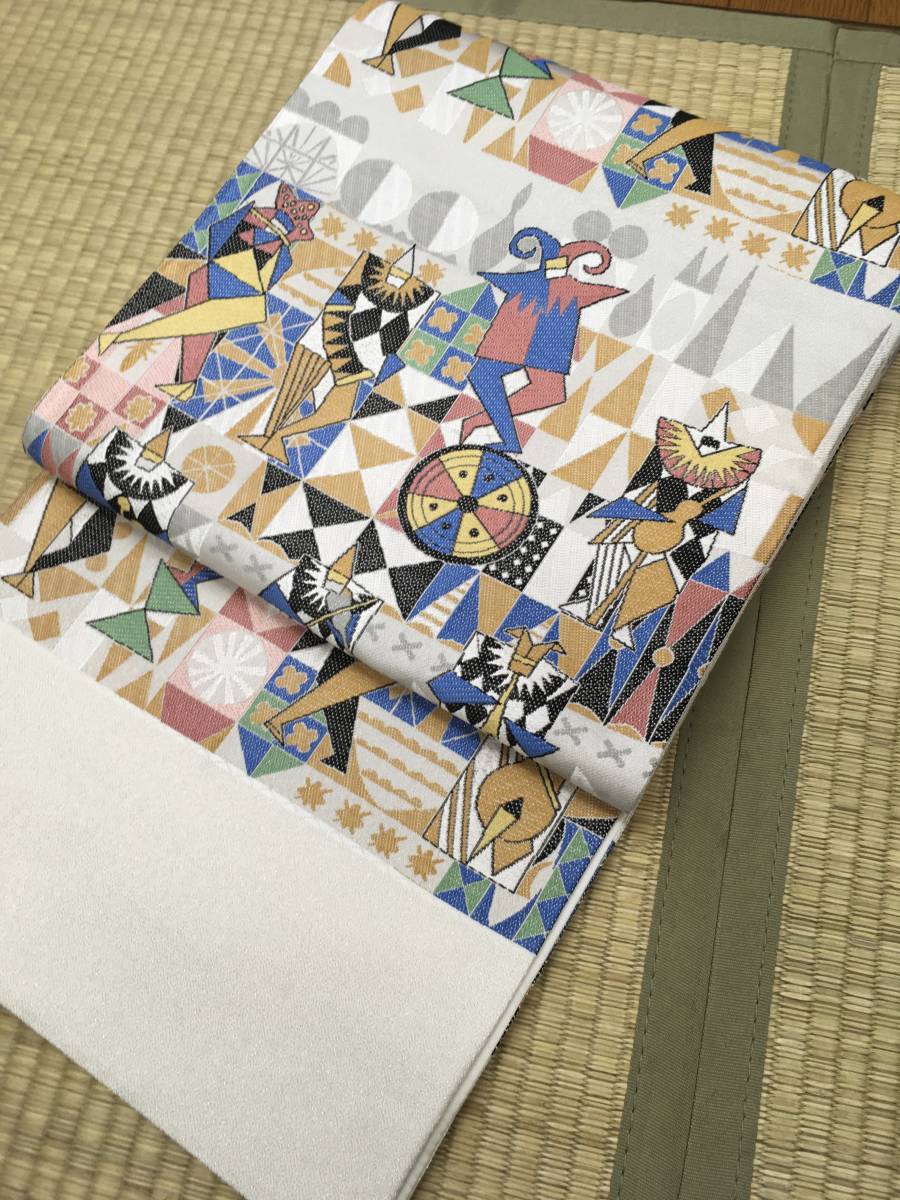
参考上代58.9万円】最新作 京都府知事賞など受賞の名門機屋謹製 名画を

参考上代58.9万円】京都府知事賞など受賞の名門機屋謹製 未使用 未

お値下げ!【参考上代58.9】京都府知事賞など受賞の名門機屋謹製 未使用-






商品の情報
メルカリ安心への取り組み
お金は事務局に支払われ、評価後に振り込まれます
出品者
スピード発送
この出品者は平均24時間以内に発送しています














